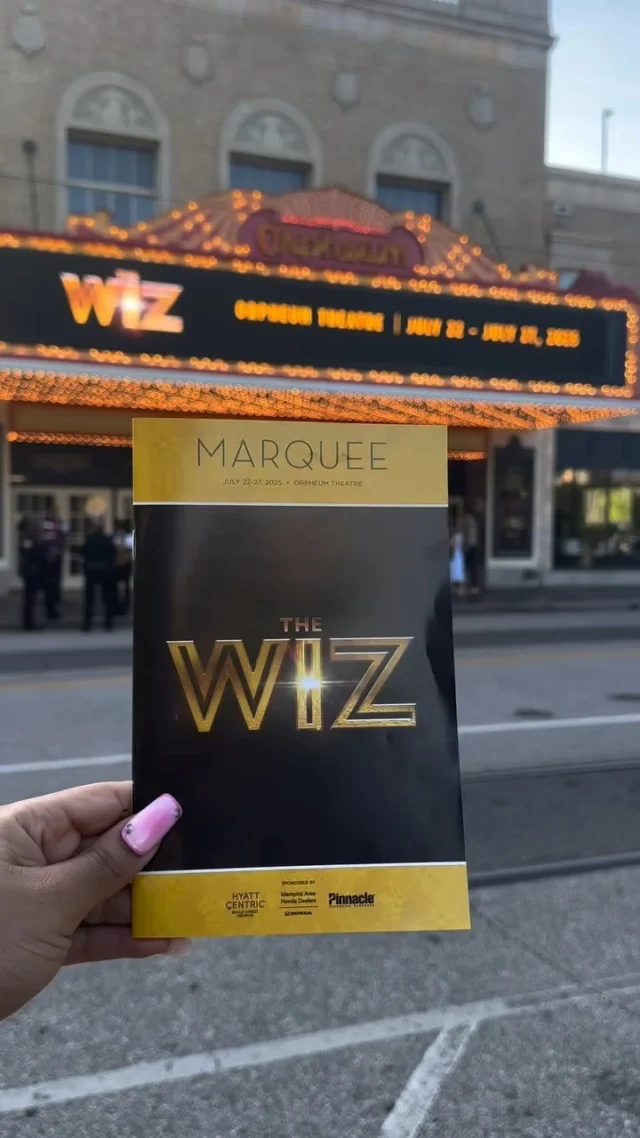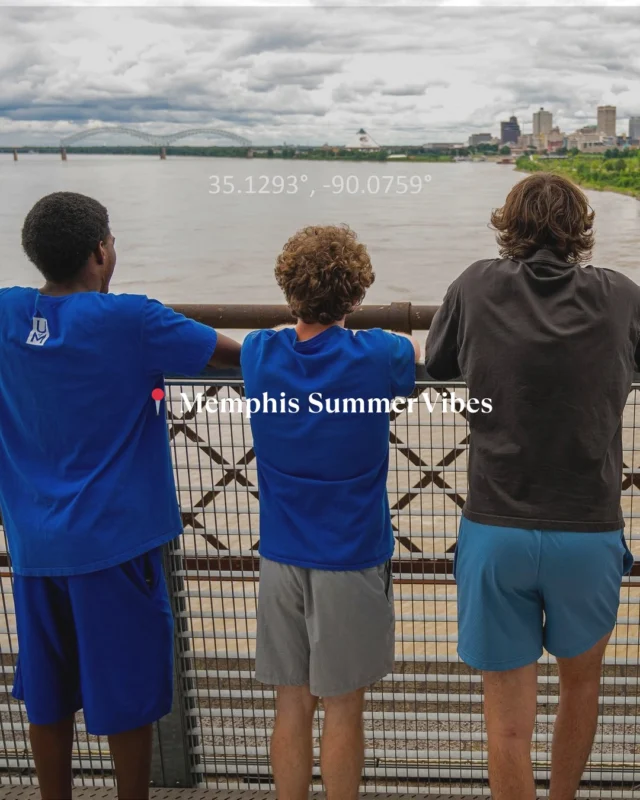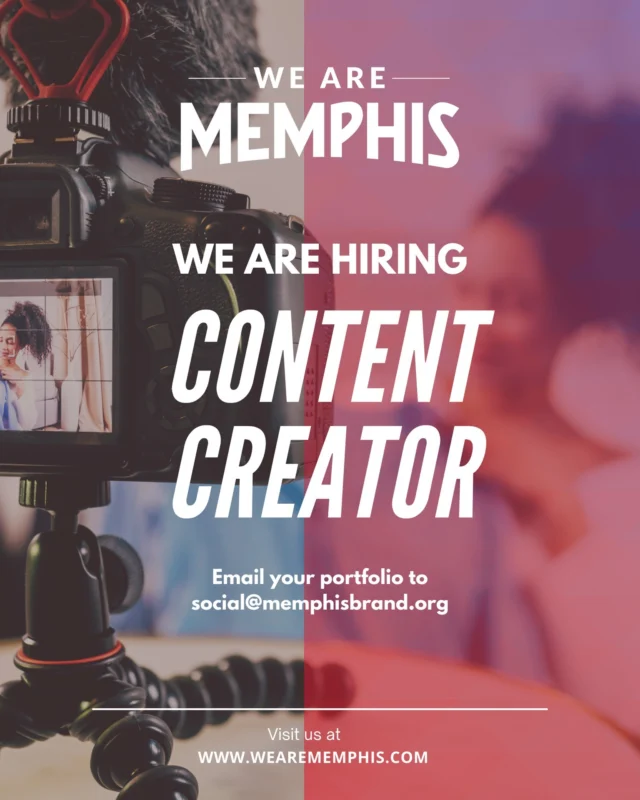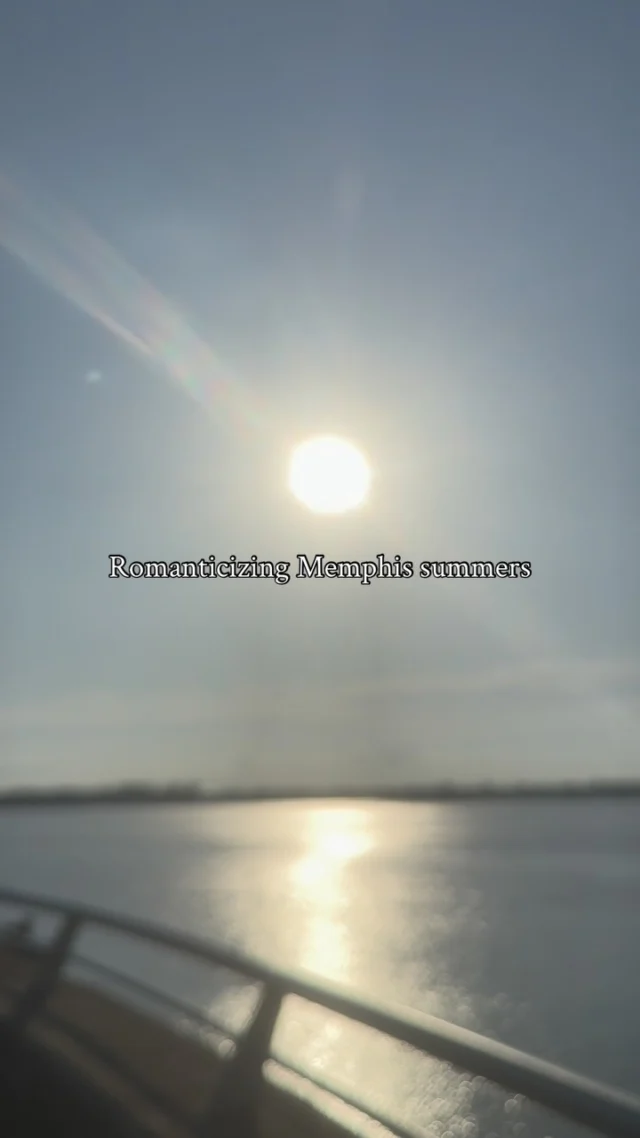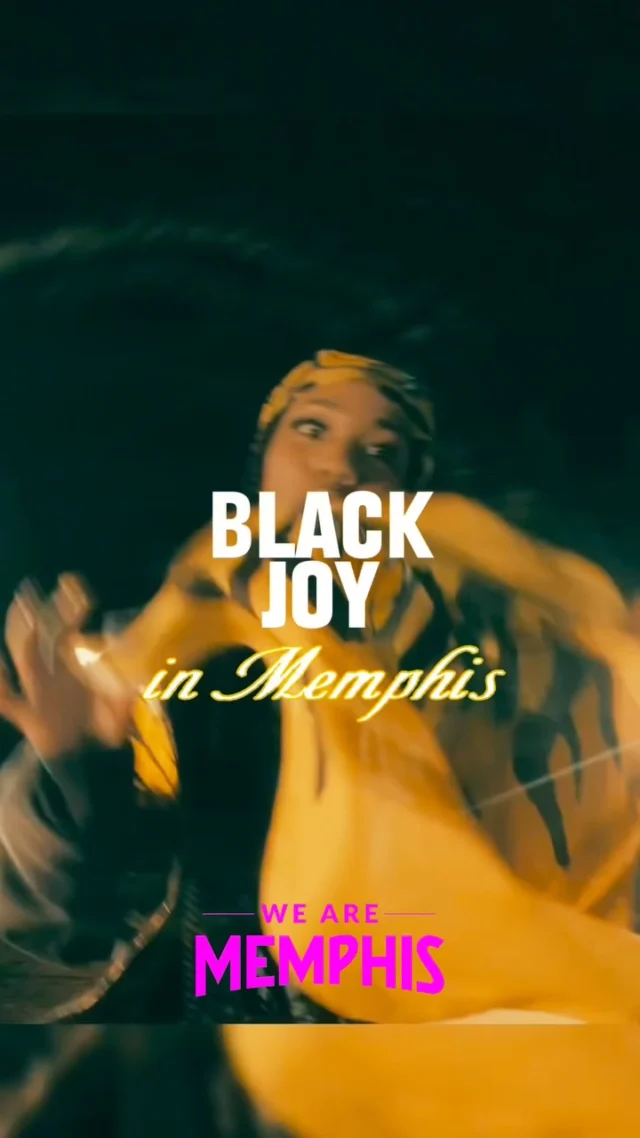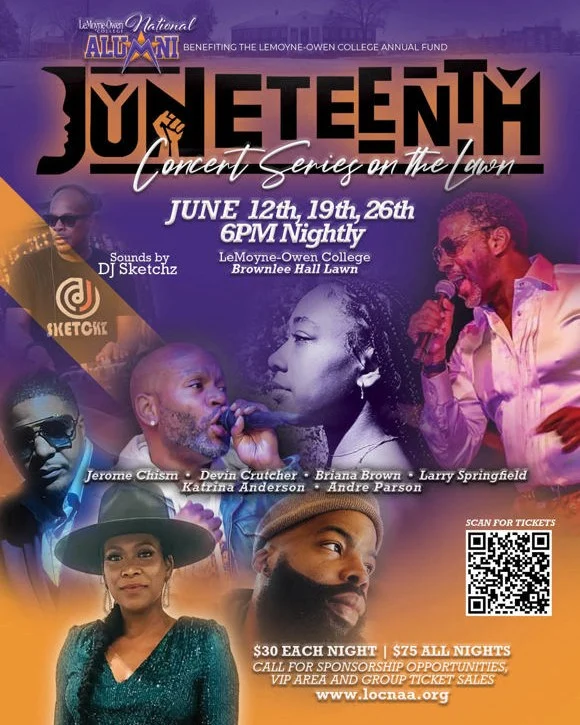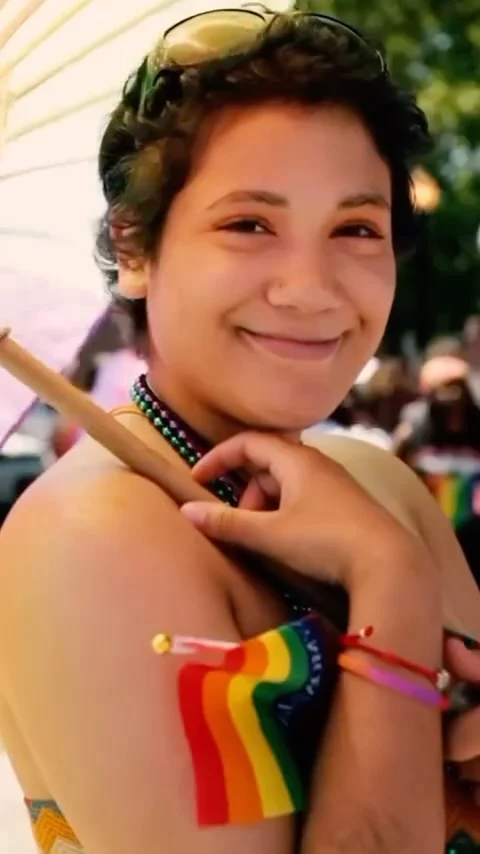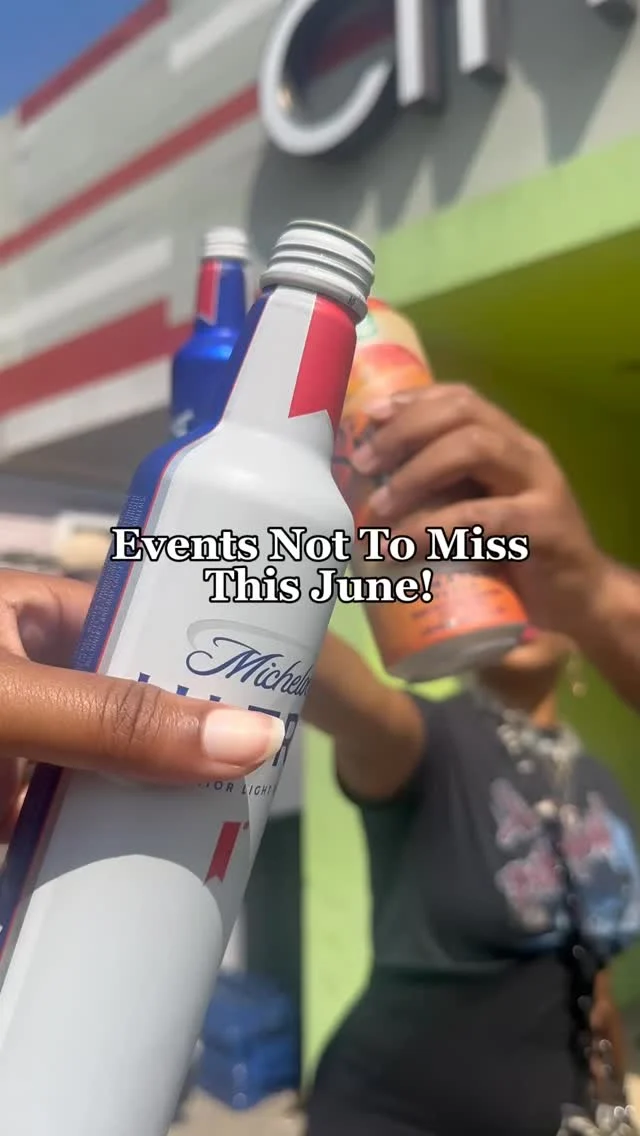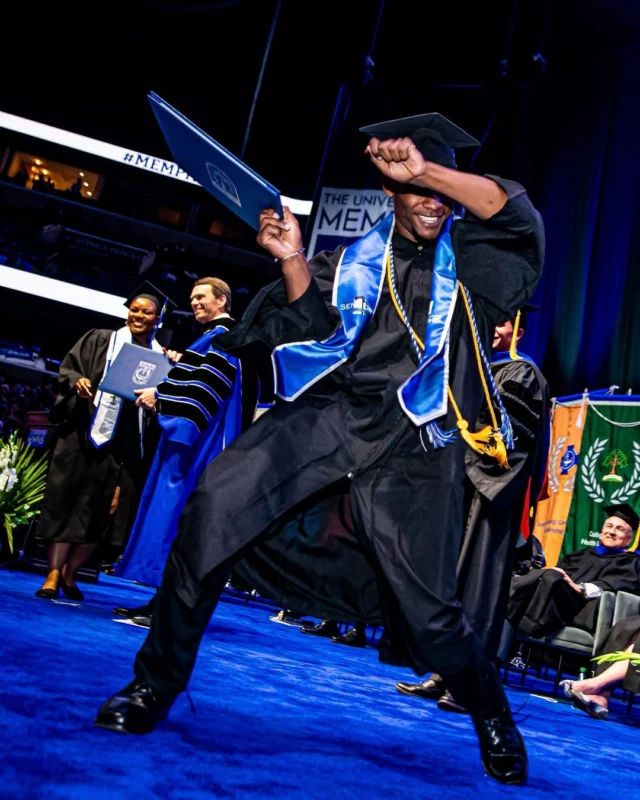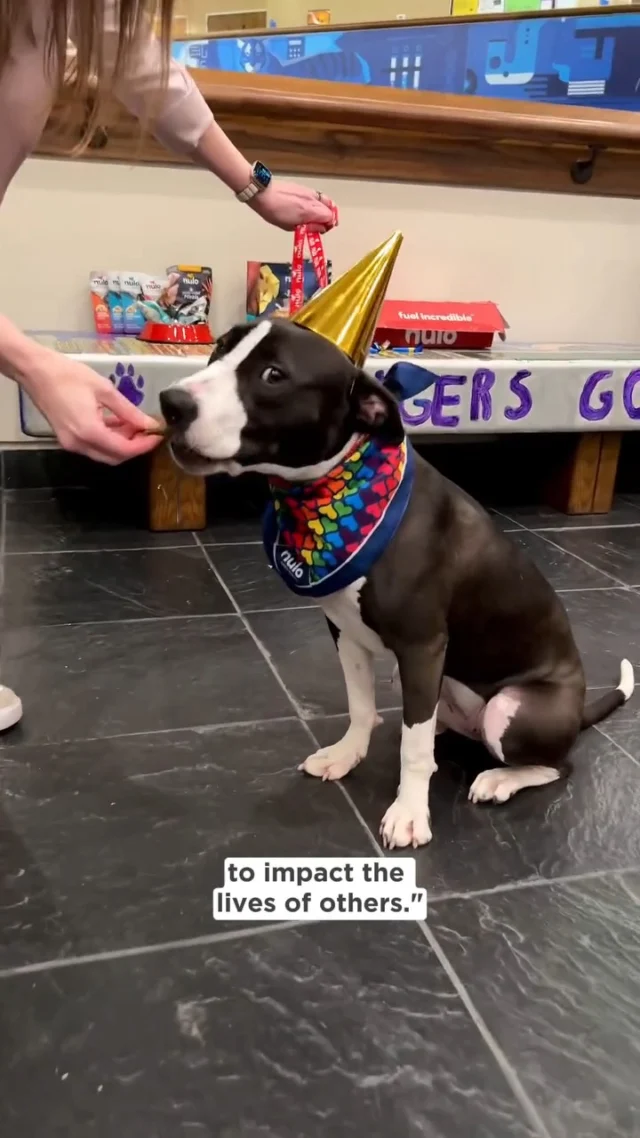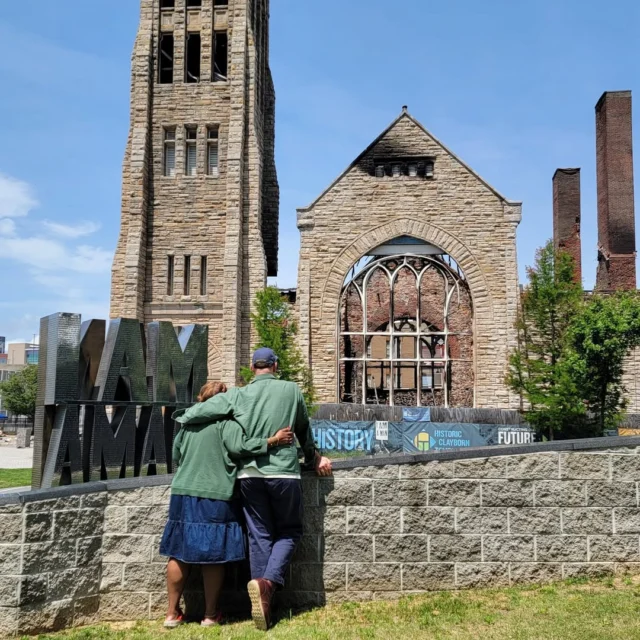Why’s an electrical engineer and city planner convinced arts and culture are the key to his city’s future? For first-year Memphis mayor Paul Young, the answer is simple.
Tax breaks, available land, and transportation/distribution routes are routinely touted by cities recruiting corporations–particularly in the South–but the talent those companies need to excel could care less about the cheap land deals and government handouts their employers received in the deal.
They want stuff to do. Concerts, festivals, museums, restaurants, parks, vibrancy.
Arts and culture.
“As cities are competing in this next chapter of economic growth over the next 30 to 50 years, I firmly believe that it’s going to be about quality of life,” Young said. “In a world where you can live anywhere and still make the same amount of money as you could in other places because of all of the virtual lifestyles, I think that cities are going to have to be about defining themselves, and arts and culture is going to be (Memphis’) way of defining who we are.”
Furthermore, according to Young, it’s in city government’s best interest–and its responsibility–to lead the way on arts and culture.
“Government worries about economic development, we worry about economic growth, having enough resources to fulfill those day-to-day services–filling the potholes, picking up trash,” he explains. “If we are concerned about growing our tax base, we have to be concerned about what’s going to bring more people to our city, and we have to lean into natural strengths. We have a natural strength in arts and culture, it’s what we’ve been doing naturally for the last 100 years.”
Memphis Means Music


GETTY IMAGES
The home of the blues. B.B. King. Howlin’ Wolf. Aretha Franklin. Otis Redding. Stax Records. Sun Records. Elvis. Johnny Cash. Beale Street. Soul music. Justin Timberlake. Three 6 Mafia.
Just for starters.
When you’re “walking in Memphis”–as Marc Cohn sang–music follows wherever you go, often live music. Music fills the air like pollen. Memphians breathe it.
Music as life, and also, music as business.
“It’s a recruitment tool,” Young says of his city’s music history and the vibe it carries on today. “There is a cool factor that’s necessary in order for your city to be able to grow and Memphis undoubtedly has that, so what I’m trying to do is make that the brand for who we are.”
As profound as the city’s musical history is, and as much as it remains a part of the city today at places like the Memphis Rock n Soul Museum, the Memphis Music Hall of Fame, the Blues Hall of Fame and Museum, Graceland, Young doesn’t intend to drive his city forward looking in the rearview mirror.
“There’s also this new generation of artists doing amazing things and it’s important for local government to acknowledge that is a part of the formula to keep your tax base strong,” he said. “Many artists feel that they have to go to Atlanta, New York, or LA in order to make it, Nashville is now on that list, those are the cities where (artists) feel like if you want to make it, you got to be in those places. (Music) is an industry that carries the Memphis brand across the world. If we want that brand to continue to grow and we want more people to come here, we have to build an ecosystem. We have to build a place where we are not just exporting our talent, but we are supporting our talent, that we are building a city where they can thrive and live.”
Young’s administration is in the process of establishing an office of arts and culture within city government to do just that, to create an ecosystem not only of creatives, but an ecosystem for creatives, providing the support necessary for their visions to become reality.
Creatives not only in music, but film, dance, fashion, theater, and the visual arts.
“The visual arts create the aesthetic, they give a feel to a community, character, being able to have places that don’t feel like anywhere USA,” Young said. “One thing about Memphis, you know you’re here, you’re not in Nashville, you’re not in Dallas, you’re not in Atlanta. You’re in Memphis. It’s important for us to (embrace) that to define our identity.”
Memphis has a pair of outstanding fine arts museums. A fashion week. A theater district developing in Overton Square.
The Memphian hotel is a funky, arts forward property with a chic rooftop bar and lounge located steps from the Overton neighborhood’s numerous bars, restaurants, and performance venues.
Memphis boasts a robust mural and street art scene. The three mile stretch between The Memphian and downtown along Union Avenue can stand shoulder-to-shoulder with the best mural corridors in the nation.
The Memphis Symphony Orchestra is over 70 years old.
As an arts and culture hotspot, Memphis has another asset the city has previously shied away from that Young plans to put on front street.
Say It Loud: I’m Black and I’m Proud


CHADD SCOTT
In 2022, Memphis passed Detroit to become the largest Black majority city the country. During his inauguration, Young–who is African American–said he wants to show the world that a Black city can be safe, prosperous, and creative.
“For far too long, that designation was taken as a source of negativity; I want it to be a source of pride,” he said. “I do understand that it can feel alienating to some people, but if you listen to the story, if you listen to what I’m saying, it’s not alienating, in fact, it’s very inclusive in saying that we have a strength as a city that all of us should be champions of.”
It’s a lesson learned from Nashville, a city which has experienced staggering growth and economic prosperity in the past 20 years.
“They said they wanted to be the hub of country music and let that be part of what defines who they are, and it worked,” Young said. “I’m telling people we’re going to be the hub of African American culture, that’s going to define who we are. It’s going define our city.”
As with emphasizing art and culture, Young recognizes an economic opportunity when highlighting his city’s demographics.
“You have companies that put on their website that they value diversity, when we talk about economic development, I talk about that we have more African American and female tech talent per capita than any city in the country and I say that because if you are a major tech company and you want diverse talent, this is the city,” he said.
This is also the city where Martin Luther King Jr. was assassinated. King was shot on the balcony of the Lorraine Motel downtown April 4, 1968, while in Memphis supporting striking sanitation workers.
“I think it’s important that we tell the story of civil rights to the world, and I think we do it better than any other city in the world,” Young said.
Concluding a tour of the National Civil Rights Museum at the Lorraine Motel looking into MLK’s room feet from where he was gunned down, it’s hard arguing Young’s point.
“We can tell that story and we can talk about how we’re building upon that history to create a different story,” he added.
One centered on resiliency and prosperity and arts and culture.
“What are the great things that come from African American culture, it’s the culture itself, it’s the music, it’s the art,” Young said. “Those are the things that have to define who we are as opposed to some of the negative attributes that people put on cities with high African American population.”
Like crime.
Downtown

TOM LEE PARK
Memphis has a crime problem. Every Memphian you talk to admits it. Young admits it. He campaigned on correcting it. He launched a Black Mayor’s Coalition on Crime this March. He again is looking to arts and culture as a tool for doing so.
“Public safety is certainly a big topic in our community and the way to make the community safer is to get more people out, bring more people to it,” Young said. “While the natural reaction if something negative happens downtown is to stop going, what we need to do is double down and ensure that we get even more people down because that is what enhances safety to the maximum extent.”
Vibrant nightlife as a component of arts and culture–and public safety. Pushing crime out by inviting more people in; more clubs and bars and restaurants, more options, more economic development.
That begins downtown.
“Downtown is our living room. It’s the living room for our whole region, not just Memphis, but the whole metropolitan area. (Downtowns) are the place that defines your community,” Young said. “It’s the only neighborhood that’s everybody’s neighborhood. Let me say it again, it’s the only neighborhood that’s everybody’s neighborhood. Downtown is the only neighborhood that belongs to the whole city because you have so many regional assets there. When you are watching Memphis Grizzlies games and they’re on national television, they’re panning the skyline of downtown. For someone in some faraway state or another country, it may be the only thing they know of Memphis so it’s important that it’s strong.”
Downtown Memphis has never been stronger.
A new convention center opened in 2021. A world-class riverfront park opened in 2023. The first RiverBeat Music Fest will be held along the Mississippi riverfront in May of 2024.
In 2025, the National Civil Rights Museum’s Legacy Building–housed where the shot that fell King was fired–will reopen following a massive renovation alongside a new park. The Brooks Museum of Art is relocating into a new building on the bluff downtown in early 2026, rechristening as the Memphis Brooks Museum of Art.
“(Downtown is) a part of the infrastructure for our whole region that’s going to attract economic development,” Young said. “We have 5,000 new jobs that just came 50 miles from downtown Memphis in rural west Tennessee, that’s connected to that economic growth and development happening in downtown Memphis.”
Young is referring to Ford’s BlueOval City in Stanton, its largest, most advanced auto production complex in the company’s 119-year history. The kind of project that would be music to any mayor’s ears.
This article was originally featured in “forbes.com.”
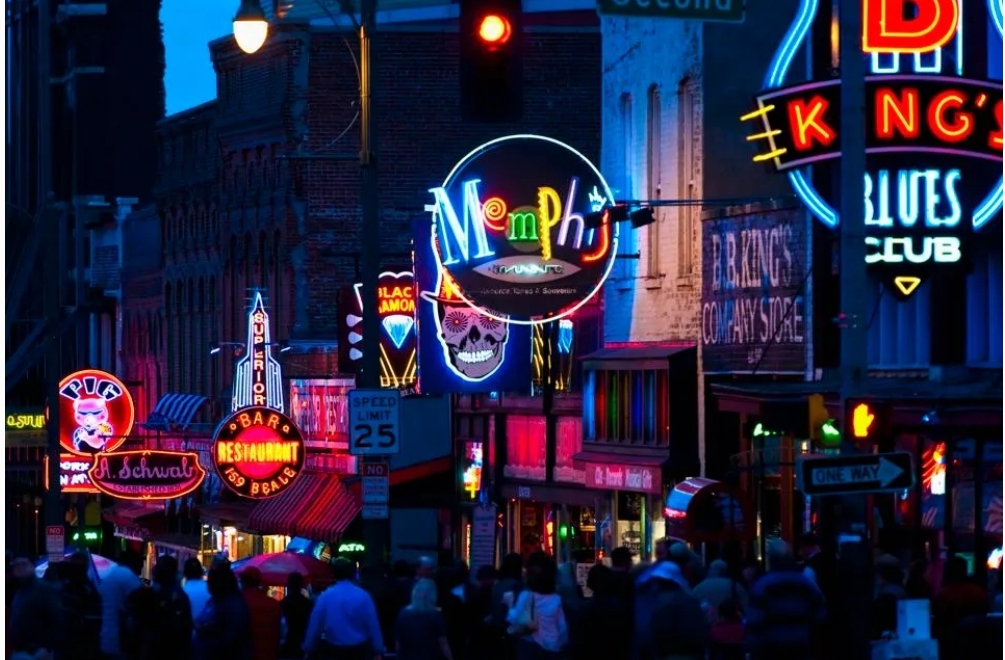



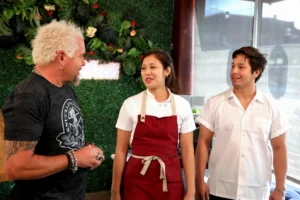


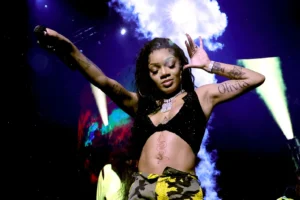
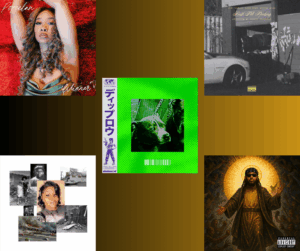
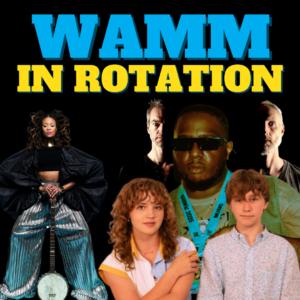

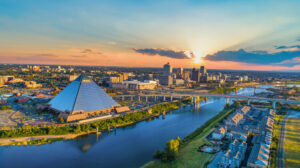
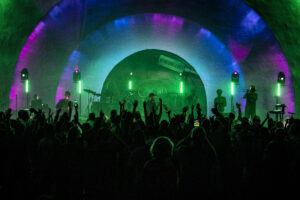
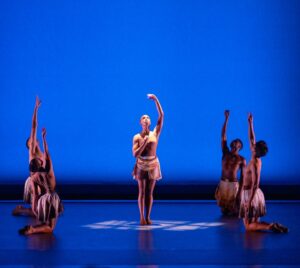
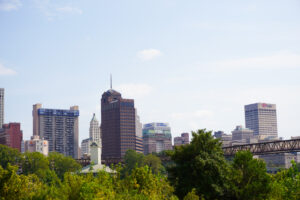

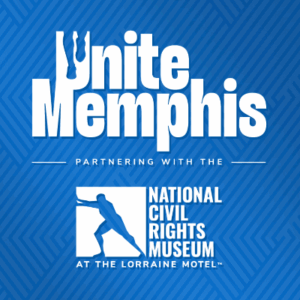
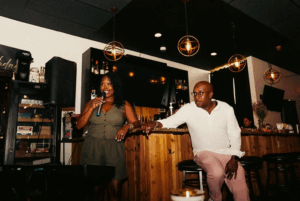
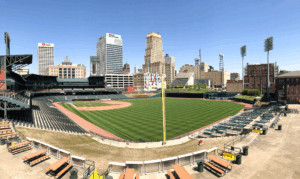
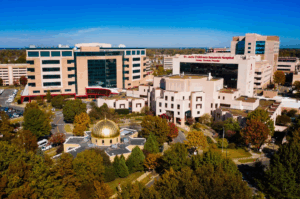


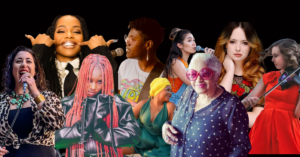
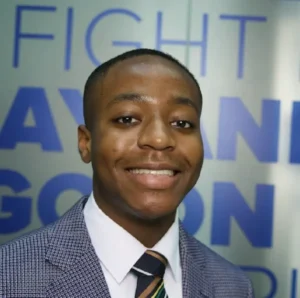
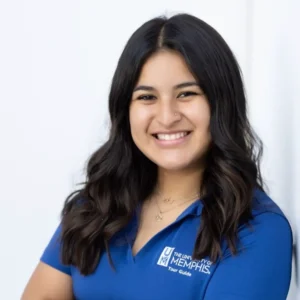

![The countdown is ON, Memphis! We’re officially 30 days out from the @unitememphis 5K + 1-Mile Walk/Run—and this year, we’re stepping into unity on 901 Day 🙌🏽
📍 Monday, September 1 | National Civil Rights Museum
🕘 Start time: 9:01AM
🎶 Food, music & fun to follow
Whether you’re walking or running, this isn’t just a race—it’s a movement. And there’s no better time to join in than now. 👟✨
🎓 COLLEGE STUDENTS: Be one of the first 100 to register using your .edu email with promo code NEXTGENUNITE and your ticket is just $10 (that’s a $32 savings 👀). Limit 2 per person, so tell a friend!
Let’s walk. Let’s run.
Let’s #UniteMemphis 💛
🔗 [link in bio]](https://wearememphis.com/wp-content/uploads/sb-instagram-feed-images/526805187_18335272954206022_6056852028660485499_nfull.webp)
